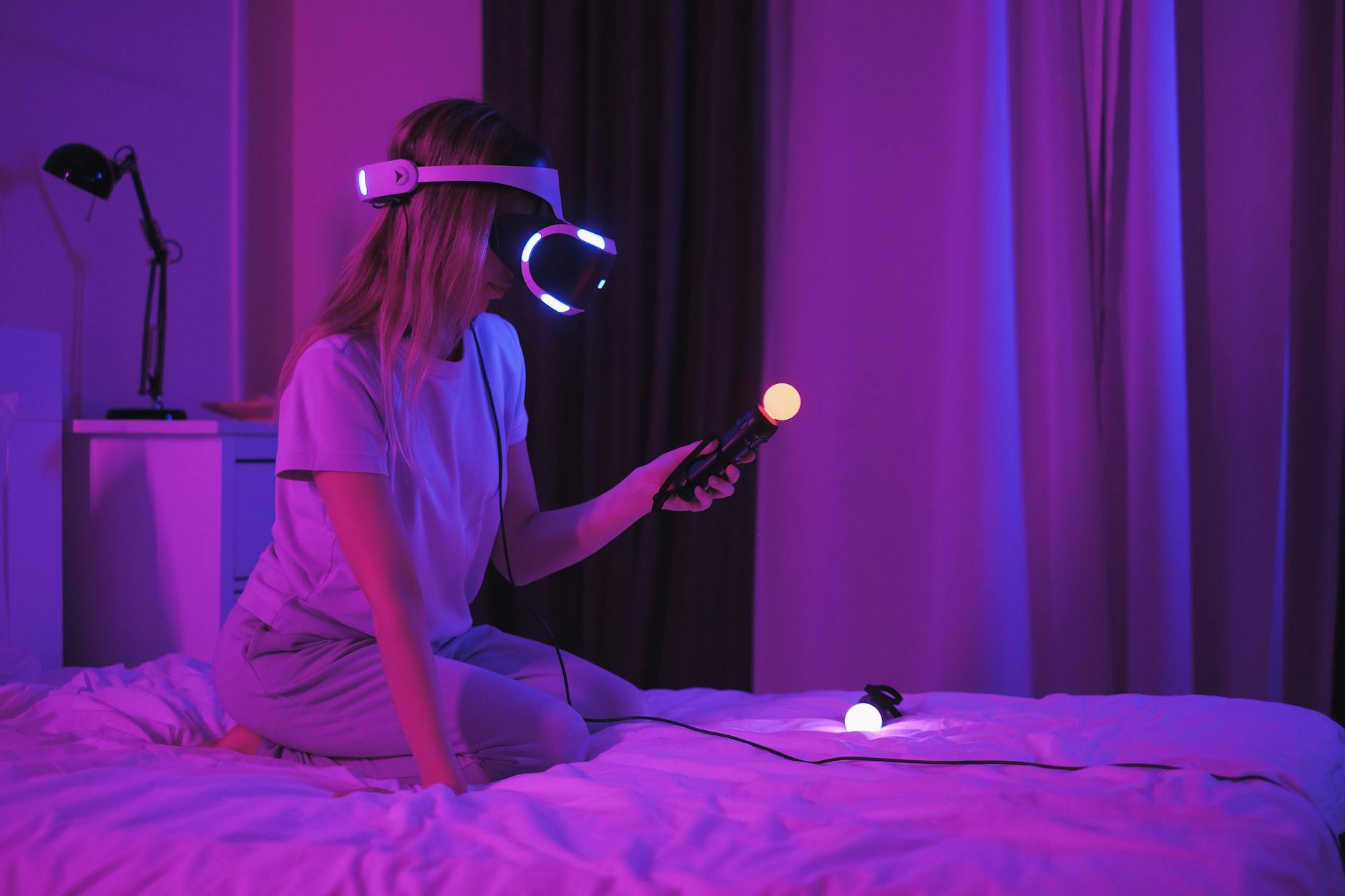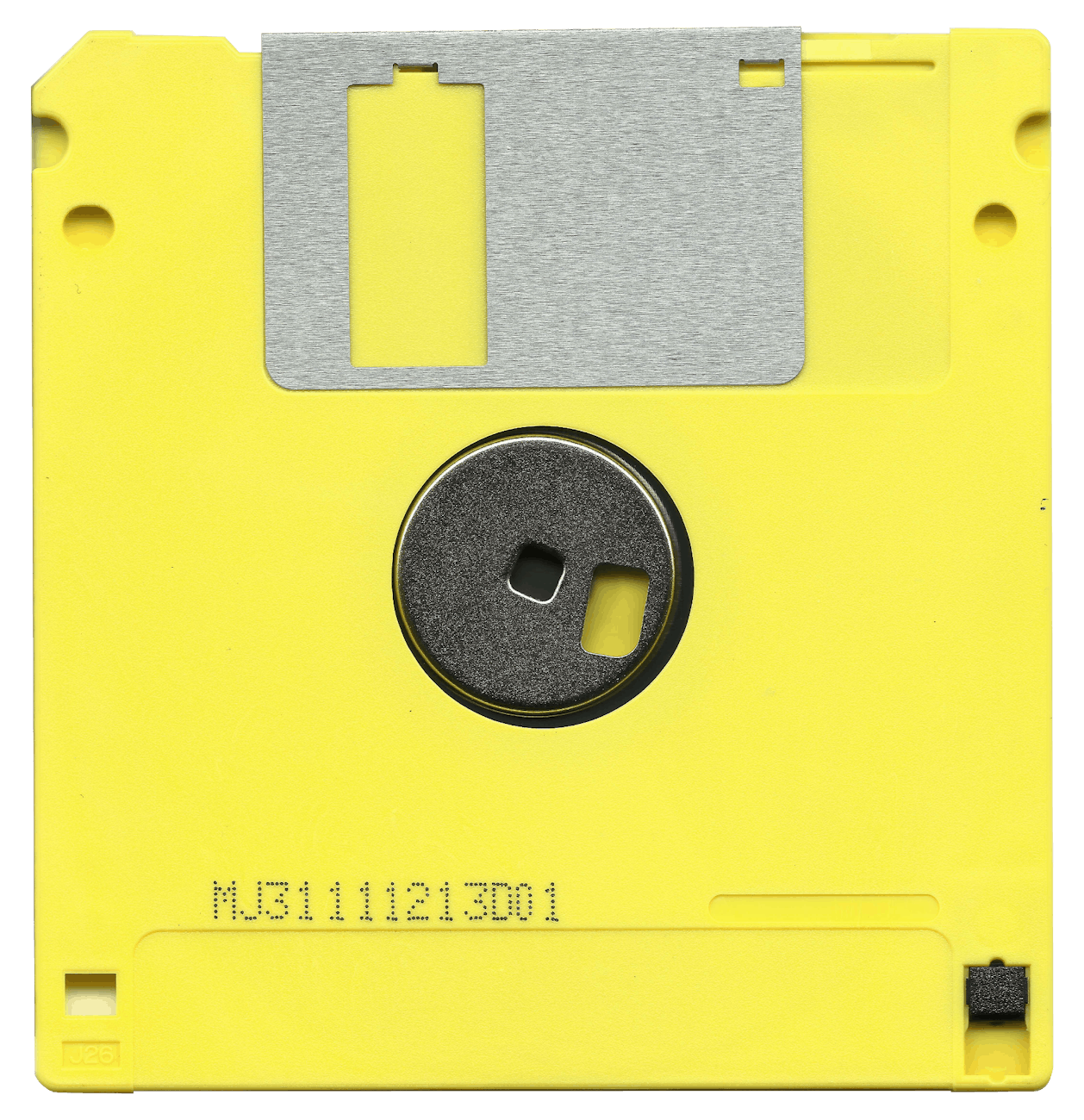Inspired by our latest conversations with Paul and Deon to restart our Podcast. We started two years ago just as the pandemic started using anchor.fm and did get distribution across no less than ten different distribution systems like Apple, Google, Spotify, and even Tunein (for Tesla), but it wasn’t a format that was particularly interesting. Just reading your blog entries is boring, but having been fascinated by Sean Carroll, Jason at Upgrade, and Fraser and Pamela on Astronomy cast, it’s pretty apparent the right format is two people talking about different topics. This is really like the talk radio of the old.
So next week we will start to give it a try again. The other thing that is interesting is that doing a combination video podcast (not a vlog which is something different) along with an audio-only podcast is a great way to do it. The question is how to make it work easily. Fortunately, after three solid years of doing Zoom, the tools are pretty easy and with the new Apple Silicon MacBooks, this is quite possible, but the basic recipe items are:
- Zoom Recording. You can actually do a very basic video podcast just by using Zoom and turning on Recording. This is going to give you a video and you let Zoom do the switch for you. This is nice in that you get screen sharing and everything else. You can then use Pro Logic or something else to just suck out the audio and upload it to Anchor.fm and YouTube. Unfortunately, Anchor only does Spotify videos (not surprising since they bought them).
- Zoom via Display Sharing to Open Broadcast Studio with a plugin. Then if you want to do your own layout, the next step is to use Open Broadcast Studio where one of the input sources is Display Sharing. This works better than Window Sharing and you have to crop the images so you put the people in Zoom into Gallery view and then you can label them and do other cool things like your own graphics and transitions. I’ll probably start with a basic form of this although apparently audio routing is not super easy. Hopefully, NDI or Audio Sound Source can fix this. The thing is the plugins are a little complicated, but with the OBS to Zoom can be done with a Virtual Webcam and the Audio Monitoring plugin and Virtual Audio Cable which lets you route audio easily although I use the NDI for this and it seems to work OK as well with the additional advantage that it can route audio sources and video sources over your LAN.
So here is are the random Tips, Tricks and Traps for Geeks
I borrowed this phrase from Ty who did amazing work with the Windows Resource Kit in the last century getting Windows actually running on the 80286 and 80386 and it applies even more today, so some quick notes.
Getting Unity and Plastic-SCM running on MacOS
While you can always download and install these pieces, I’m really a command line geek, so here is how to do it. There are a few tricks. The first is that there are two programs there is Unity Hub which controls the downloads off the actual version of Unity so if you want all command line you have to do both.
Personally Unity Hub is nice for multiple versions, but a direct installation is simpler most of the time from the download archive with URLs.
brew install unity plasticscm-cloud-edition
# the trick is that unity needs a license file to actual work
# so you have to hand install first and then do a force
# if you do not need the unity hub
# this background install for unity doesn't do this
# first you have to download from the Unity archive a Unity.pkg
# to put it into /Applications/Unity.app
sudo installer -package Unity.pkg -target /
sudo installer -package StandardAssets.pkg -target /Ops Codes as Your User Name: Molly0xFFF and old machines
OK, Molly has just the best site “Web3 is going great” which is both a marvel of retro design and a great count down on what can go wrong in an overhyped market. But, the coolest thing is the 0xFFF at the end. Paul told me that this was an op code for the 6502 microprocessor so of course now I want to be “Rich0132” or something cool like that. It turns out by the way that 0xFFF is not a 6502 op code, but it was worth a misremembry
So that led to asking what a good opcode would be so going all the way back to the 4-bit 4004 opcodes would be cool or maybe to the first two processors I ever used, the DEC PDP-8/e or the Bellmac-32. As a amazing aside, you can now run most old architectures like this with SIMH (or open SIMH there was a hard fork in May 2022 so SIMH is at v3.x and open SIMH at v4) including original operating systems for the authentic experience!.






